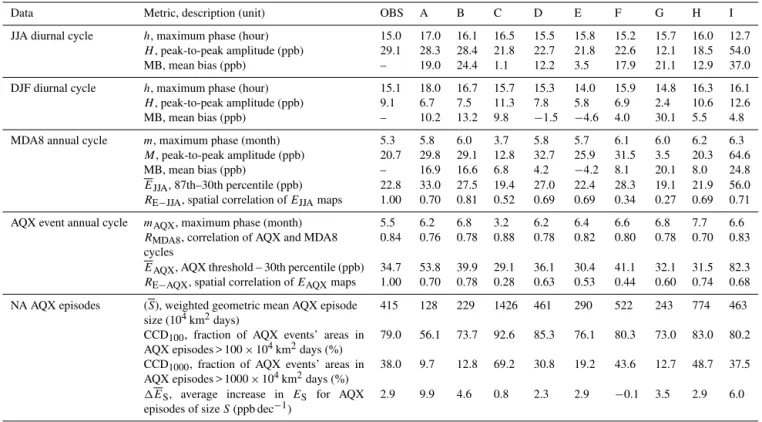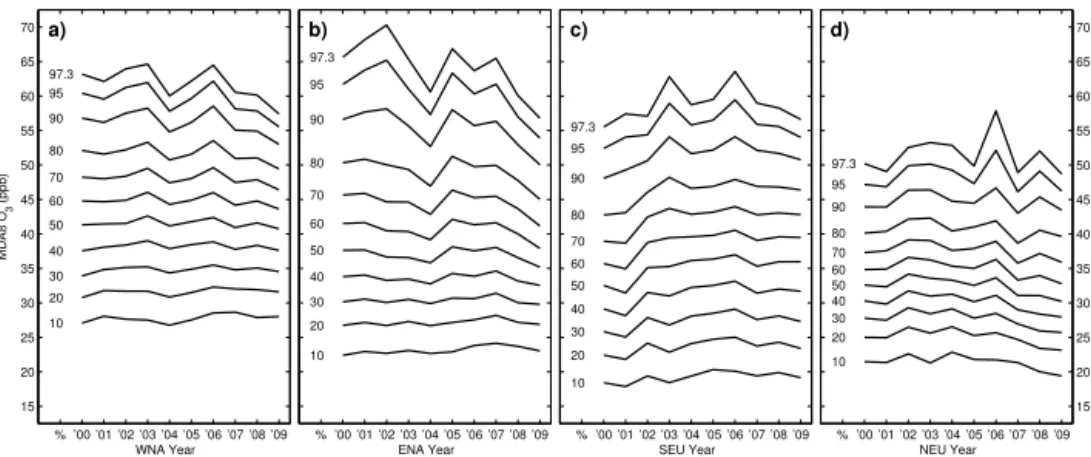Use of North American and European air quality networks to evaluate global chemistry–climate modeling of surface ozone
Texto
Imagem




Documentos relacionados
The climate sensitivity and global mean annual surface air temperature warming of each of the models with simulations in the PlioMIP Experiment 2 ensemble.. Climate sensitivity is
The impact of future acid deposition and climate change scenarios on soil and surface water chemistry was evaluated for 163 lakes in Finland using MAGIC. Simulations sug- gested
Both AR4 models with prescribed ozone recovery and coupled chemistry-climate models with projected reduction of atmospheric chlorine loading all predict highly consistent
summer month of July, when photochemical production and ozone concentrations are higher, vertical mixing plays a key role in determining surface ozone concentrations and changes in
At high Northern latitudes, large zonal mean anomalies, in temperature and zonal wind, associated with the warm phase of ENSO appear in the upper stratosphere in early winter and
This study assessed the impact of potential climate change on the nutrient loads to surface and sub-surface waters from agricultural areas and was conducted using the Soil and
Due to the reduced photolysis rates in the troposphere associated with the strato- sphere ozone recovery, the global tropospheric ozone burden is calculated to
Impact of the 7 hypothetical emissions reductions shown in Table 1 on integrated EESC (solid bars) and global total column O 3 from GSFC (horizontal hatching) and NOCAR models
